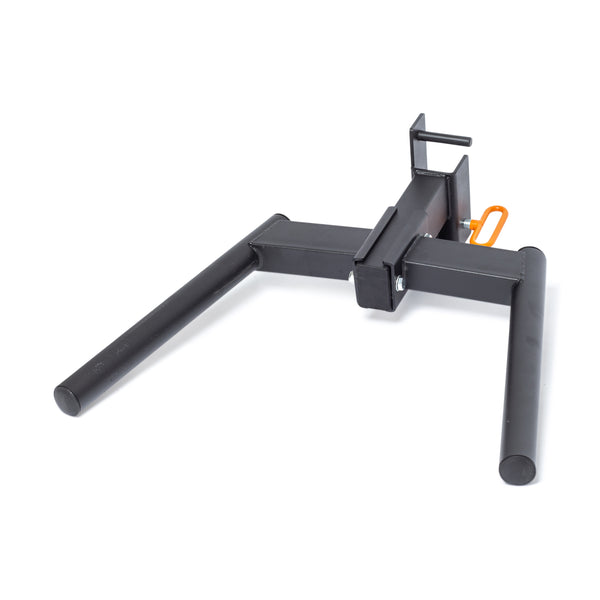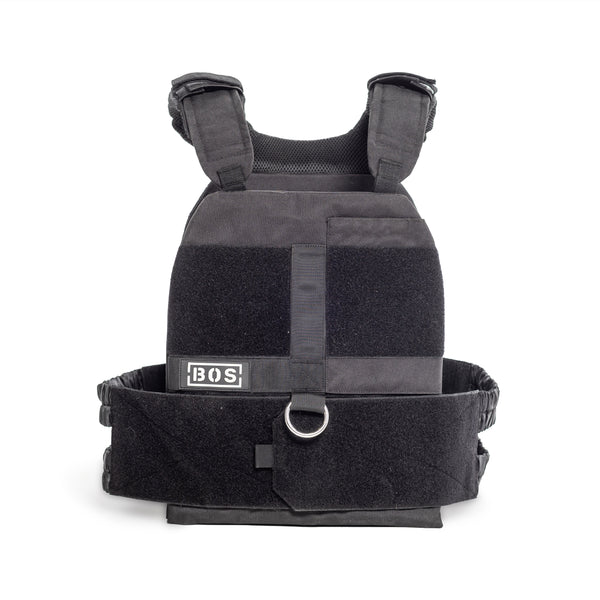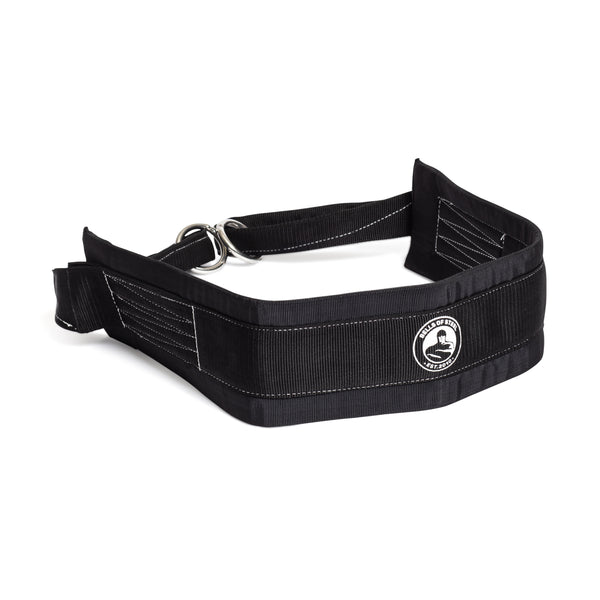Dips are the unsung hero of upper-body strength—building chest, triceps, and shoulders like a push-up on steroids. But what happens when your bodyweight just isn’t enough? Time to add some weight and turn dips into a true test of strength.
Most people default to a dip belt, but what if you don’t have one? Don’t worry—there are plenty of other ways to load up and keep the gains coming. Here’s how to do weighted dips without a belt, plus some Bells of Steel gear that makes the process even easier.
What Are Dips?
Dips are a bodyweight exercise where you lower and push yourself up using parallel bars or a Y Dip Rack Attachment, emphasizing your chest, shoulders, and triceps. They’re a staple in calisthenics, bodybuilding, and powerlifting assistance work—because nothing screams strong like repping out deep dips with extra weight.
Muscles Worked in Dips
- Chest (Pectorals) – A forward-leaning dip torches the lower chest.
- Triceps – The arms work overtime to push you back up.
- Shoulders (Deltoids) – Stabilization and movement make these bad boys work.
- Core – Engaging your midsection prevents sloppy form.
How to Progress Dips
Before adding weight, master the basics. Here’s how:
- Bodyweight Dips – Get comfortable with full-range motion first.
- Negative Dips – Control the descent for extra strength.
- Assisted Dips – Use resistance bands or a machine to build up reps.
- Weighted Dips – Time to get heavy.
Once you’re hitting 10-12 strict bodyweight dips, it’s time to level up with added resistance.
How to Do Weighted Dips Without a Belt
No dip belt? No problem. Here are alternative ways to add weight to your dips.
1. Use a Weighted Vest
A weighted vest evenly distributes weight across your torso, making dips feel smooth and natural—no awkward plates swinging between your legs.
How to do it:
- Strap on a weighted vest, adjusting the load to your strength level.
- Perform dips as usual, keeping your core tight.
- Increase weight as you progress.
The Bells of Steel Adjustable Weighted Vest is a perfect option, loading up to 85 lbs while keeping your range of motion unrestricted. That’s right; it’s adjustable so it grows with you!
2. Hold a Dumbbell Between Your Legs
A simple yet effective method—just squeeze a dumbbell between your feet or knees and dip away.
Pro Tip:
- Keeping the dumbbell at your ankles challenges your core.
- Holding it at your knees makes it slightly easier.
Not the most comfortable option, but it gets the job done in a pinch.
3. Chain Up Like a Gym Gladiator
Throwing heavy chains around your shoulders isn’t just for looks (though it does look cool). As you lower into the dip, the chains get lighter, making for dynamic resistance that matches your strength curve.
How to do it:
- Drape heavy chains across your shoulders.
- Adjust chain length for comfort and balance.
- Dip as usual, embracing your inner warrior.
Great for progressive overload and next-level gym aesthetics.
Weighted Dips FAQs
Is it better to do weighted dips with a belt or a vest?
A dip belt lets the weight hang below you, which can be more comfortable for higher loads. A weighted vest spreads the weight evenly and feels more natural. Both work—choose what feels best for you.
Can I hold a plate on my lap for weighted dips?
If you're dipping between two benches (bench dips), sure! But for parallel bar dips, plates will fall faster than your motivation on leg day. Stick to dumbbells, vests, or chains.
How much weight should I add to dips?
Start light—5-10% of your bodyweight—and increase as you maintain good form. If you’re repping out 10+ weighted dips, it's time to level up.
Are weighted dips better than bench press?
Weighted dips are harder and put more emphasis on shoulders and triceps, while bench press is better for pure chest development. Want full upper-body strength? Do both.
Conclusion
Weighted dips without a belt? Totally doable. Whether you’re strapping on a weighted vest, gripping a dumbbell, or draping chains over your shoulders, there are plenty of ways to make dips harder.
Ready to take dips to the next level? Grab a Bells of Steel Weighted Vest or a Y Dip Rack Attachment, load up, and get to work.



